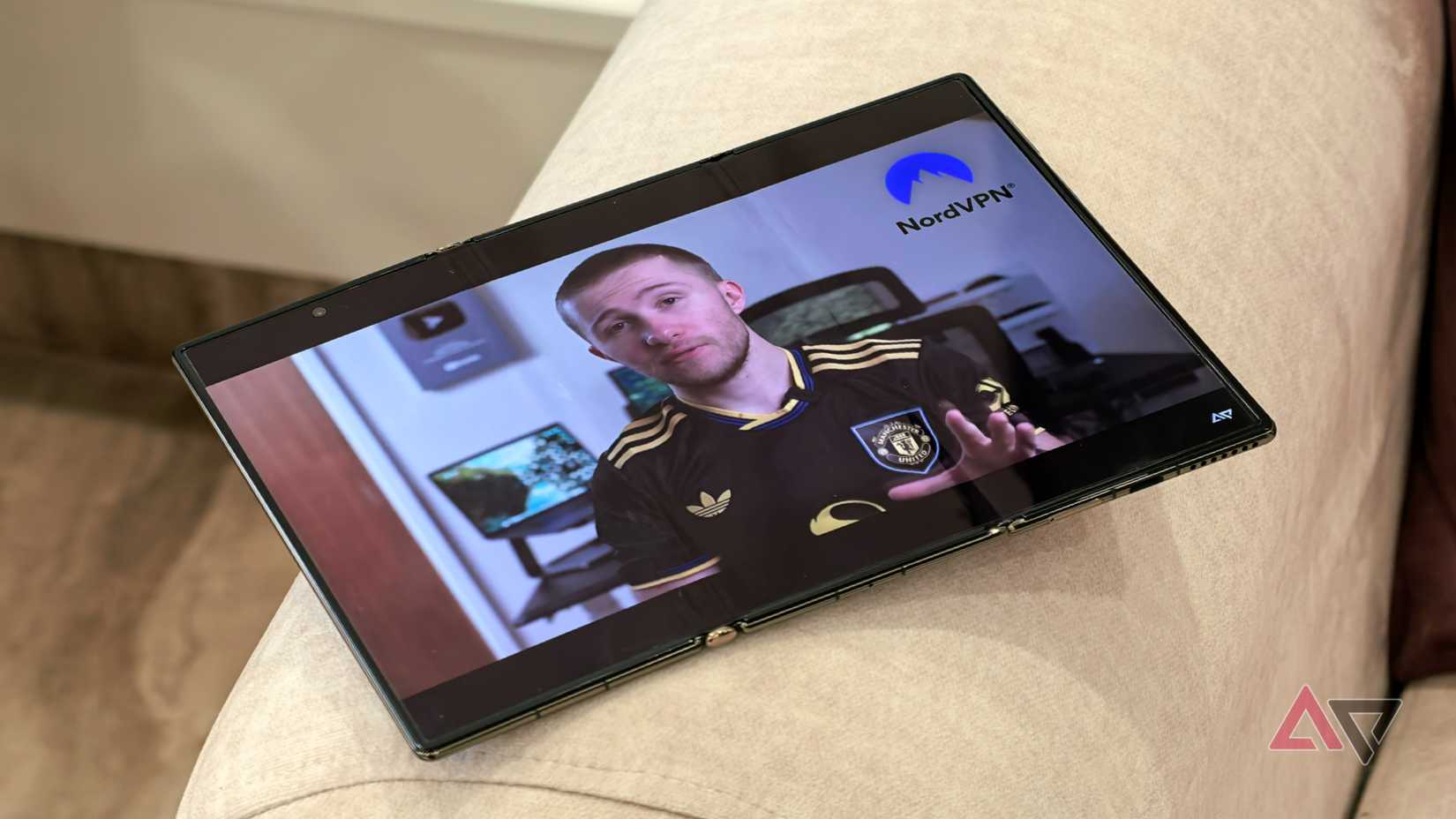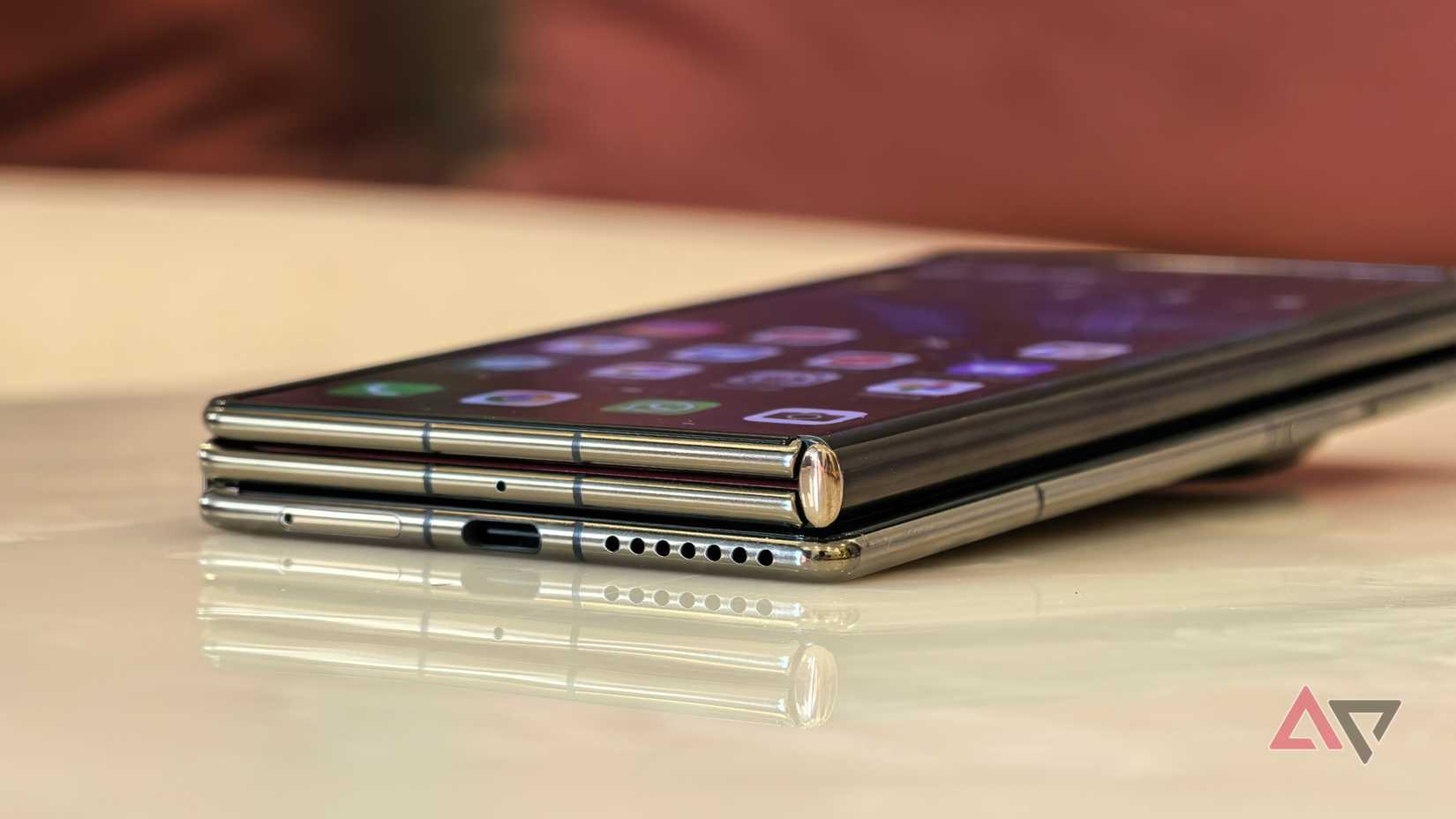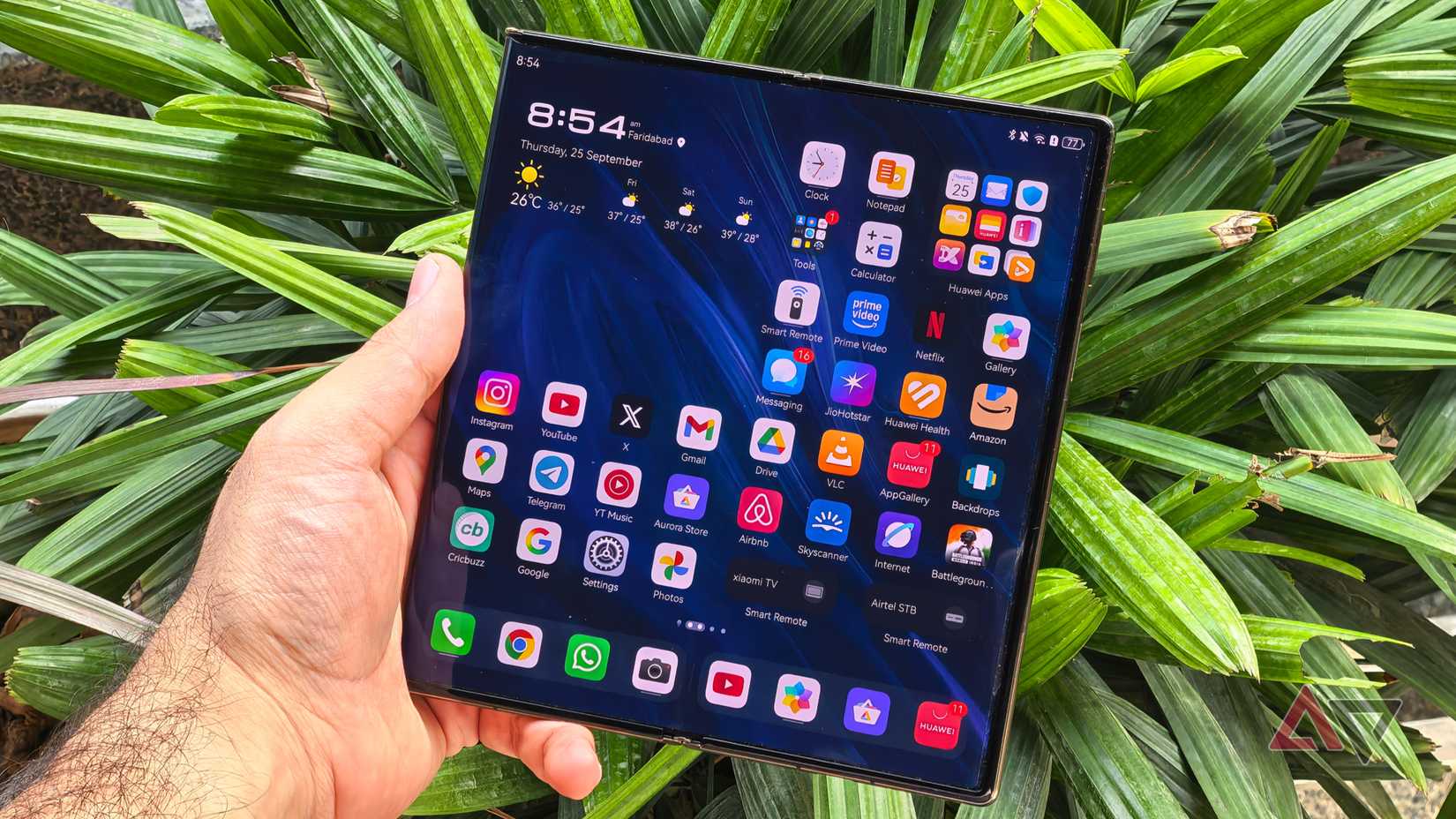The Android ecosystem is unique because it isn’t afraid to experiment with form factors.
We’ve seen book-style foldables for years, and while they’ve always been marketed as premium gadgets, flip-style devices like the Moto Razr (2025) and Galaxy Z Flip 7 FE have opened the door for more people.
But as exciting as those are, they’re just the beginning.
Samsung is soon expected to unveil its first trifolding smartphone with dual hinges and three foldable screens. The Galaxy Z TriFold is expected to be a step beyond the Galaxy Z Fold 7’s single hinge and dual-fold design.
That said, it was actually Huawei that went first.
I’ve been living with the Huawei Mate XT for the past six months, and I can confidently say that trifolding phones make far more sense than the traditional book-style foldables, and I can’t wait for the Galaxy Z TriFold.
A trifolding phone is a true all-in-one device
It adapts to every need without any compromises
Unlike book-style foldable phones that pretend to be an all-in-one device, a trifolding smartphone actually one-ups the experience.
A trifolding phone can be used as a normal smartphone with a regular screen, a book-style foldable phone, and as a true tablet-like display when fully unfolded.
For example, the Huawei Mate XT, when fully unfolded, opens into a 10.2-inch display almost the same size as the Samsung Galaxy Tab S10 FE.
So essentially, you’re getting three devices for the price of one, with the benefit of using all three in a single device, making it even more convenient.
Watching content on this screen feels unmatched
It’s like having a full-sized tablet in your pocket
In addition to the above, the content-watching experience on a trifolding phone is something other phones or even book-style foldables cannot match.
Traditional smartphones have screens only 6 to 6.5 inches big, while foldable phones like the Galaxy Z Fold 7 and Pixel 10 Pro Fold offer around 8-inch OLED displays, but these displays are not usually utilized to their full extent.
You still get big black bars above and below the main content, even on the inner screen, meaning the display isn’t really being maximized.
On a trifolding phone like the Mate XT, when fully unfolded, the screen feels more like a true tablet display. The aspect ratio aligns closely with video content, so the full screen is used even if the size doesn’t sound dramatically larger.
I’ve been using the Mate XT as my go-to streaming device on flights and commutes this year, and I haven’t been able to match that experience with anything else — especially something I can fold and slip into my pocket.
Thickness doesn’t really hurt the experience
Still feels fine as a daily phone
One reason why people may hesitate with trifolding phones (apart from their super-high price tag) — and I’m sure this will be the case with the Samsung Galaxy trifold too — is that trifolding phones are quite thick.
The Mate XT I’ve been using is nearly 12.8mm thick when unfolded, which is about 50% thicker than the likes of the Pixel 10 Pro XL.
At a time when we’re getting devices like the iPhone Air and Galaxy S25 Edge that push users toward slim smartphones, trifolding phones may seem like an outlier.
That said, using a thick phone isn’t always a bad thing. Sure, you feel the weight every time you slide it into your pocket, but that’s expected. It’s a three-in-one device, and delivering that comes with an offset like this.
The Mate XT is already 3.6mm thick when unfolded — barely more than the width of a USB-C port — and I don’t see how much thinner it can realistically get.
It’s a trade-off you learn to live with, and when you do, the bulk fades into the background. Weight will likely improve with future generations, but the form factor already feels practical.
You can still fold it like other book-style foldables
Offers multiple ways to use it
If you’re accustomed to using a book-style foldable, a great thing about trifolding phones is that you can always use them like one. If you prefer apps side by side on a square-ish display, you can still have that experience with a trifolding phone.
Moreover, similar to book-style foldables, you can also use the main camera as a selfie camera with the third-folding screen.
Huawei Mate XT has me excited about the Samsung Galaxy TriFold
Like any smartphone, the Huawei Mate XT isn’t perfect. There’s a clear room for improvement — the camera could be better (especially at $3,000), durability still lags behind other phones, performance isn’t on par with rivals, and then there’s the steep price tag.
Still, after using the Mate XT for half a year, the Android fan in me feels excited again. It’s easily the most exciting smartphone I’ve used in a long time, and I can’t wait to see what Samsung delivers with the Galaxy TriFold.



